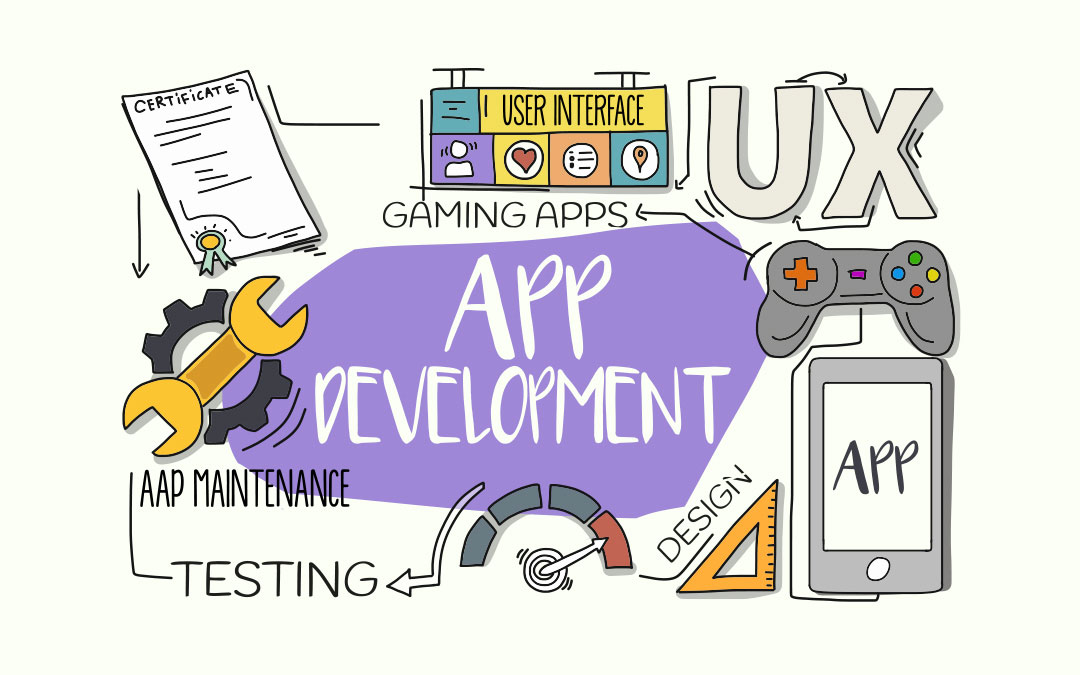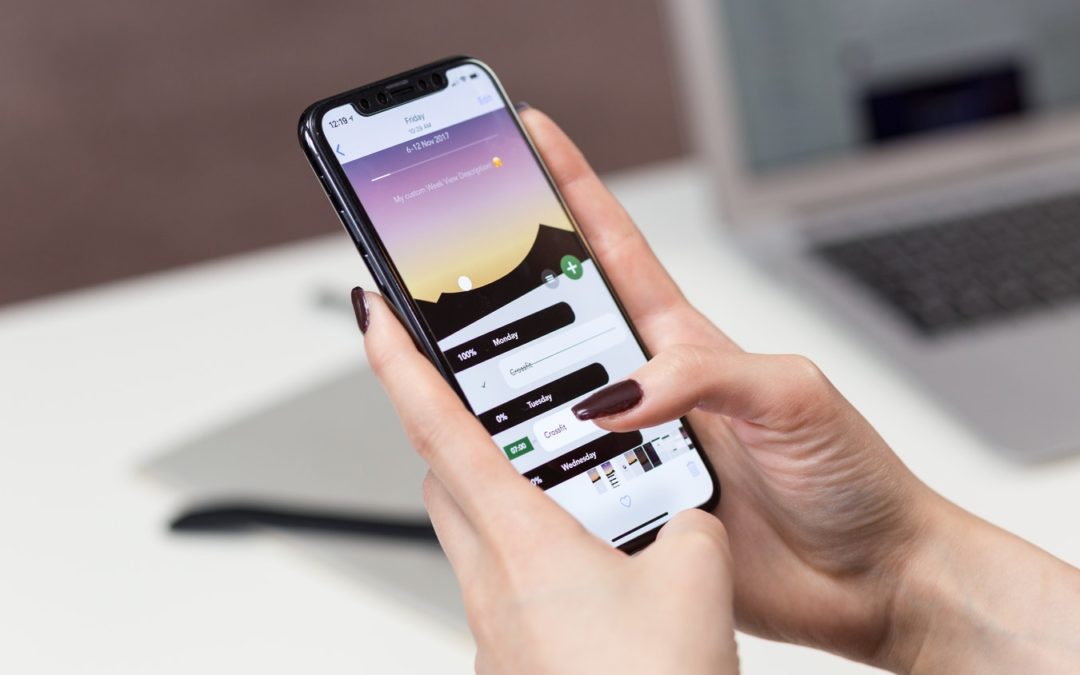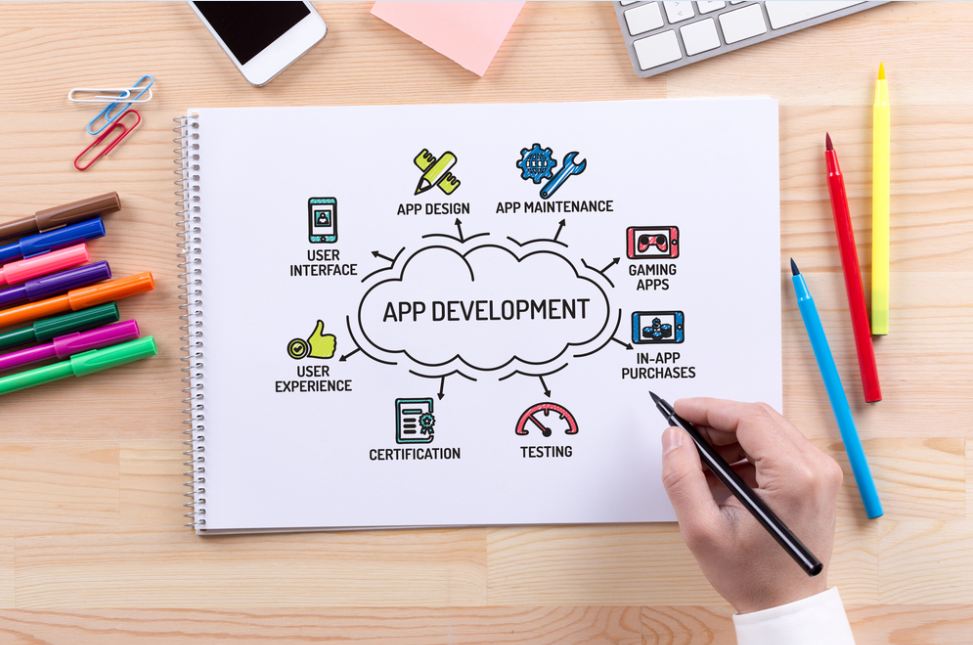Okay, so, there is a groundbreaking idea in your mind and you want it to come alive. Not just that; you also want it to shine amongst the heaps in the market. Now, what better than a mobile application to do all the wonders? Mobile apps have got all the hype these days and are the best way to gain mobile presence. In order to bask in this popular medium, it is better to come up with highly interactive and scalable mobile applications that create an edge as against your competitors.
It is an excellent platform for shaping new and exciting business ideas. The challenge, however, is to figure out the right approach. Programmers and web app developers must innovate to come up with unique and dynamic mobile apps, which duly meet expectations of the customers. Yes, state of the art web tools and technologies have eased out the task, but still, there are developers and programmers who miss out on important aspects while developing their mobile apps. After all, it all comes down to one point- perfection. Such is the case that even the slightest mistake can cause big trouble and prove to be a major loss to time and money.

Talking about goals, one of the objectives of an app development agency is to spot the poorly performing apps; the ones that aren’t successful in fulfilling the needs of clients and turn out to be a big disappointment to the users. Today, the app development market is growing big time. Therefore, you do come across some supreme quality products apart from many, no loads of, disastrous apps too.
The latter generally gets lost, as we all know; failures can’t capture the memory for long. If you aspire to enhance your app development skills, there are some mistakes that you must avoid as they pour cold water on the whole effort spent to build the app. In this post, we will list some of the most common mistakes developers commit while developing a mobile application-
1. Multiple Platforms Altogether
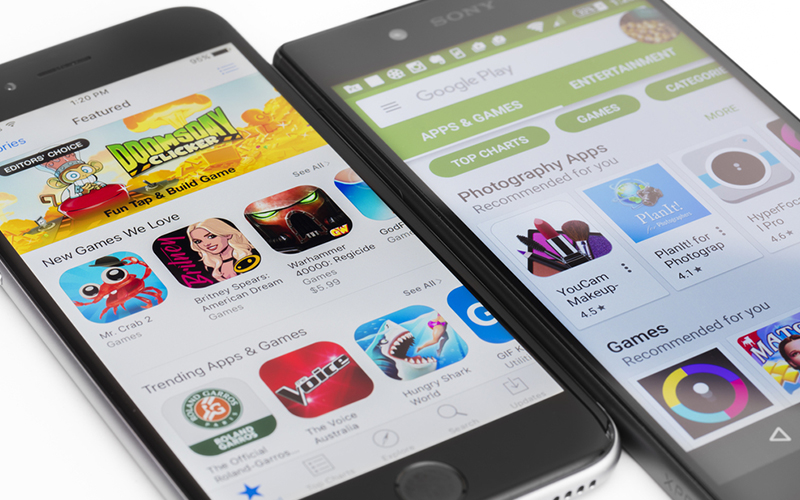
Let’s admit; with over million apps on both the Google Play and Apple App Store, there is some fierce competition to face. Don’t add up to your engineering costs and take the platform at a time. This is also useful to bring your minimum viable product (MVP) in the app store quickly.
Further, if you do hit on both the platforms together and then are faced with the situation of making changes to either design or functionality, then you are bound to amend it on both the places, which as a result increases more development time and cost. The best is to finalize an app on iOS and undergo the iterations before posting it to Android or vice versa. For instance, Instagram had already established its presence on iOS before they went for the Android version.
2. Not a Secret
When it comes to apps being secretive is no good. Any app, no matter how wonderful it is, requires its share of work. Yes, there are pluses of launching an idea for the first time in the market; still, it is best to balance the secrecy of your ideas with the merits that can be availed by spreading some information to a group of people, in a controlled manner. According to experts, you must reveal our idea to your near and dear ones who have been helpful in your journey.
Their feedback can be useful during the testing stage so that the app doesn’t lack behind. Setting a pre-launch campaign for your audience is also a great idea. There is no need to disclose your intellectual property, but you can create that suspense amidst the potential customer and allure them.
3. No Purpose

If there is no purpose of your app, there is no target audience. Not having a clear purpose can cost a developer badly. It is seen some of the apps are created just to arouse curiosity and follow the lines of some other similar apps. An app with a set target is a sure shot failure. Only if there is a genuine purpose, then can your app taste success.
Making your app unique and useful gives ultimate delight especially to loyal users. Match the aim of the app with that of the development process and execute parallel tests throughout development so that the errors can be kept at bay.
4. Feature Overload
After you choose the app store of your choice to start with the launch, it is advisable to have a core set of features as your MVP. Your first version is the means to examine the main hypothesis of your app to judge whether the market is accepting it or not. When it comes to UX, less is more.
If you have already made a mark on the web, don’t rush to shift on to mobile presence. Remember it is not only better to stick with a core set of features, but also not to hurry up the development transition and bring out an erroneous app. The start if rocky poses a lot of hurdles ahead.
5. Ignoring Analytics

We can’t even think of introducing a website without the use of Google Analytics or for that matter, any other tracking tool, then how come we can go ahead with an app without any analytics. Make use of an analytics service like Flurry to make data-driven decisions pertaining to design, content and user experience.
Keep the track of things from the very beginning. Some significant metrics to analyze the performance of your app are daily active users (DAU), retention rate, average time spent within the app, engagement and app crashes.
6. Poor User Experience

Apple has fixed a standard when it comes to product design and user experience. Just give over an iPhone and iPad to a toddler and they will know how to operate it. However, the mobile user is seeking something different from that of the web. A mobile experience should be interactive and intuitive. Even though an online user can tolerate pathetic user experience and design sometimes, a mobile user will outrightly reject it. As per research, 26% of the apps are only opened once and never seen of again and another 48% are opened 10 times or even less.
So, you need to create an instant appeal that comes just with launching the app. Remember, it is still better that people get satisfied using someone else’s product rather than being dissatisfied with yours. Mobile apps are way different from their desktop cousins. Don’t limit a mobile app by creating barriers of pre-established designs or functionalities; employ available hardware for crafting enriching experience. You got to justify your idea; the existence of your app. Do what it takes to make your product unique and then fire it up as somewhat exceptionally-designed software.
7. Mismanagement Issues
If you are new to managing a software project before, it is suggested that you go for professional mobile app development company on hire. Even though charged more, still a development shop will give access to contact project managers that can modify your laymen terms to the ones that developers can grasp more. Further, presenting a product specification document without any product management experience is a challenging task in itself.
There are certain parameters to be thought over and procuring professional help will save time and money ultimately. Also, a mobile development company is more involved with creating apps and knows how to deal with clients from the varied technical background, on the other hand, a freelancer has the experience of working with technical product managers only.
8. Money Matters
Don’t assume that if you have created, the payment will flow next. Many of the apps topping the charts are free, so you got to think how you will monetize from the onset. Common myths in this regard are: ads will be with the app always, users will definitely pay for the app; either outright or through in-app purchases, another company will take over the app and it is important to consider scale and tackle monetization later.
Do research other apps of your genre to analyze how they monetize. Try mix matching different approaches in a manner that it suits your project, although it is very cumbersome to settle for the best. It is good to be pro-active on the monetization front and gain valuable insights on the patterns of monetizing of the successful apps in the app store.
9. Marketing Comes Later

Start with the marketing of your app as early as you can. Don’t just wait for the launch to happen and then begin the process of promotion. Contact media around 2-4 weeks before you plan to invade the app store. Prior to sending emails, make a list of your favorite technology blogs and approach journalists who have covered a similar app before. Keep your emails short and personal and be concise about what makes your app different.
Attach a link to a screenshot or a video so that the blogger can gauge what your app does. Ask in the end if they would want more information or if they would like to give it a shot as a trial. Before you commence with the marketing strategies, it is crucial that you know your audience. Is it about a small niche or wide scale market? Whatever is the preference, ensure that your app knows about the issues that plague the market and then cater to those issues. Aim for the featured status on the app store.
Yes, some get placed in the ‘staff picks’ section on the basis of quality, you can gain popularity through gaining a spot in upcoming Apple releases. Give your app the boost it requires with the magic of marketing.
10. Absent Must Haves
One of the biggest blunders that you can do as a mobile app developer is to avoid including the key features of the targeted device. As you begin developing an app, be careful to not miss out on the built-in features of a mobile device. This will heighten the functionality of your app and guarantee powerful user experience to your end users.
11. Overlooking Navigation

Most of the developers ignore the importance of an efficient navigation system at the time of developing applications for diverse mobile devices and platforms. Note: it is navigation that can make or break your app, so pay extra attention to having clear and easy navigation that helps the end users to work on the app with comfort.
12. Wrong Operating System
Wrong operating system, if selected, can ruin the user experience of your mobile app. It is complex to develop apps for diverse operating systems like iOS, Windows, Android etc. Gather all the info that you can about the existing systems and then make the final decision for the OS of your app. Properly dissect each option at your disposal. Don’t go with stereotypes like going for iOS, thinking that monetization is on pretty straight terms on the App Store.
Yes, it is true in some cases, but not always. When you are selecting the platform, take into focus every possibility and alternative that you can think of. If you don’t do so, you are confining your audience to a limit.
13. Self Beta Testing
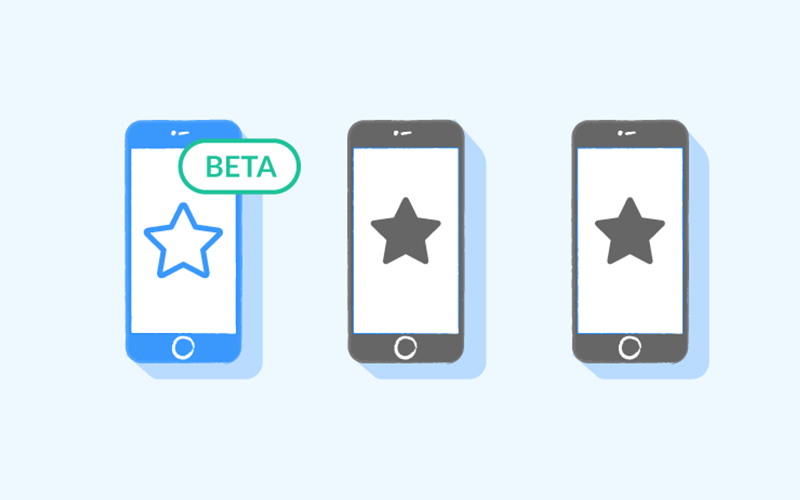
With beta testing, the developers can trace the problems with the working of the app and get feedbacks to improve it further. They direct towards a user-friendly environment by running real tests through external beta testers. Don’t think that there is no need for an external tester if you can do it yourself. That outside perspective is essential and helps to catch sight of the troubles with the app.
It is not solely about the bugs rather there are some ideas that can prove valuable in making the app user-oriented. For example, your in-app purchases are not told clearly or the presence of advertisements is making the experience suffer. With your conception of app idea, it is difficult to highlight these intricate flaws.
14. No Backup Plan

No matter what you do, bugs are bound to happen. And you have to fix them. Always be ready with a backup plan for such sudden error- laden surprises that arise not because of your fault but because of some other problem in the system. Here your service will get you rewards. But on the other hand, if the bug is your fault, you must take care that there is a shield from numerous debugging sessions once the app has been approved. Consider the post-launch issues and support policies in the beginning only. Be clear about them and don’t resort to any guesswork or quick-fix tool.
Conclusion
It is seen that the developers of the most profitable apps are not just developers, but sharp business runners who are versatile with their management skills and enable effective communication throughout the organization. To survive in this dynamic field of app development, it is important to have the requisite knowledge and expertise. Without updated knowledge of the market and its trends, your app is nothing.
Keep in mind the above pitfalls that the developers make and you will surely succeed in enhancing the quality of your app and in providing a superb service to your clients and customers.
